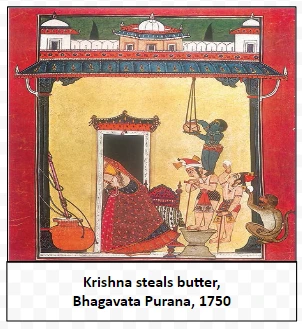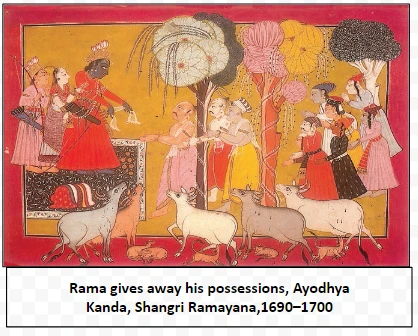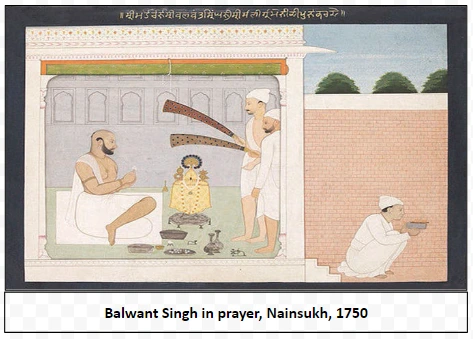![]() 23 Dec 2023
23 Dec 2023
Pahari translates to ‘hilly or mountainous’ in origin. Pahari paintings originated in towns located in the western Himalayas between the 17th and 19th centuries.

Features


Historical Context
Prominent Artists and Their Contributions
Artistic Evolution
Patrons and Their Influence
<div class="new-fform">
</div>